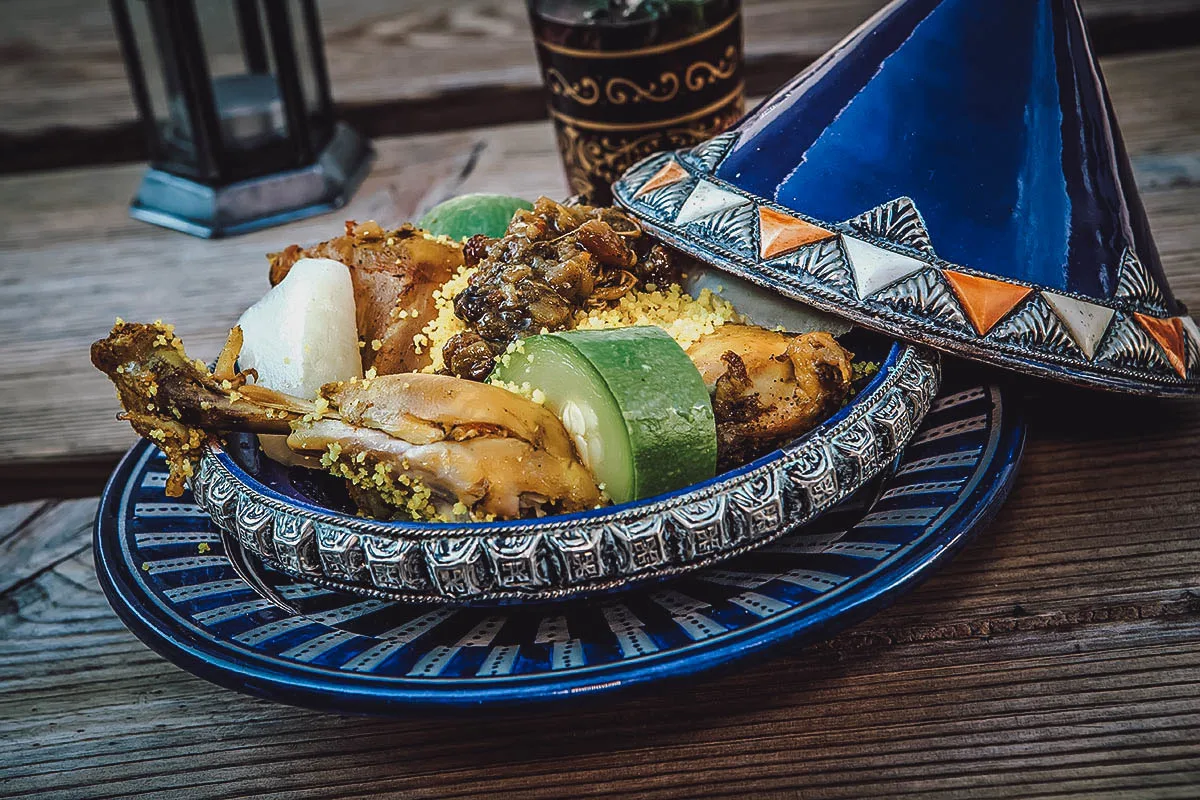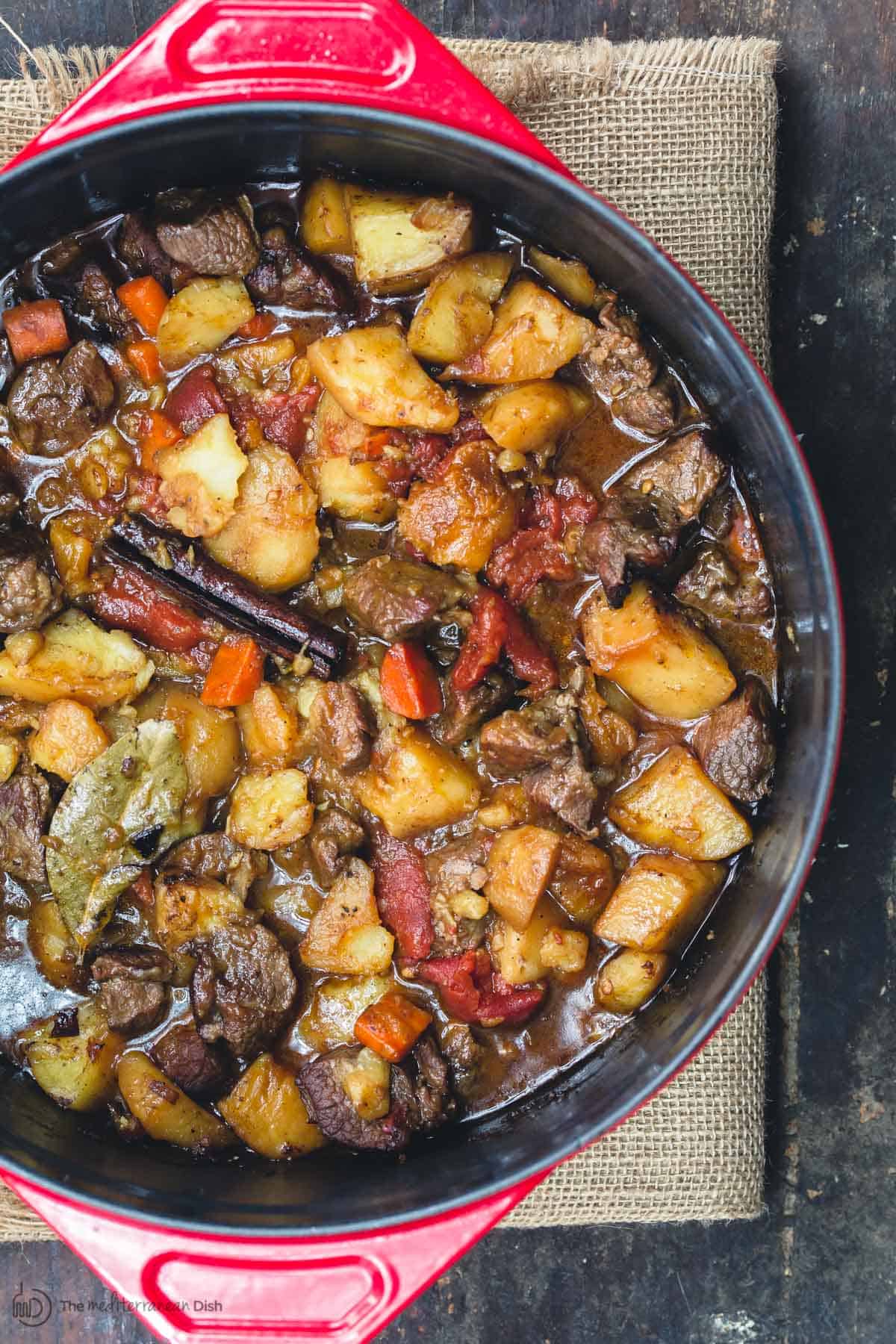Mediterranean Food in Las Vegas: A Fusion of Vibrancy and Taste
Mediterranean Food in Las Vegas: A Fusion of Vibrancy and Taste
Blog Article
Mediterranean Food: A Flavorful Journey Through Practice and Taste
Mediterranean cuisine serves as an impressive junction of practice and preference, drawing from a varied range of societies that span continents. The profound tastes and wellness advantages linked with the Mediterranean diet have amassed global affection, yet beneath its surface area exists a complicated narrative of historic influences and local specializeds that require additional expedition.
Origins of Mediterranean Food
The beginnings of Mediterranean cuisine are deeply rooted in an abundant tapestry of history, geography, and social exchange. This cooking tradition arises from a region specified by its varied landscapes, including shorelines, mountains, and abundant plains, which have actually influenced its agricultural methods and food production. The Mediterranean Basin, encompassing countries such as Italy, Greece, Spain, and Turkey, has been a crossroads of civilizations for centuries, where profession paths helped with the exchange of components, strategies, and culinary philosophies.
Ancient societies, consisting of the Greeks and Romans, significantly designed Mediterranean foodways, highlighting the significance of fresh, seasonal produce and common eating. The spread of agriculture, specifically the growing of grapes, olives, and grains, laid the foundation for meals that stay staples today. The influence of different conquerors and traders, such as the Moors and Ottomans, introduced cooking designs and brand-new tastes, further improving the cuisine.
Today, Mediterranean cuisine is commemorated not only for its flavor and diversity however additionally for its emphasis on healthy consuming, symbolizing a balanced approach to nutrition that remains to appeal to worldwide tastes buds. This historic interplay of societies and ingredients develops the significance of what we now identify as Mediterranean food.
Key Components and Tastes
Mediterranean food is defined by a dynamic range of key ingredients and tastes that reflect the region's farming bounty and social heritage. Central to this cooking tradition are fresh veggies, fruits, and natural herbs, which give crucial nutrients and lively tastes. mediterranean restaurant las vegas. Staples such as tomatoes, eggplants, olives, and bell peppers are frequently included, showcasing the region's diverse environment and dirt
Olive oil, usually considered the backbone of Mediterranean food preparation, imparts richness and deepness to dishes. It is complemented by a selection of spices and herbs, including oregano, basil, and garlic, which elevate the flavors of meats, seafood, and grains. Grains, particularly wheat and rice, act as essential components, with dishes like couscous and pasta being staples throughout the area.
In addition, vegetables such as lentils and chickpeas not just provide protein but also add to the cuisine's heartiness. The use of milk, especially yogurt and feta cheese, adds creaminess and flavor. Seafood, abundant in seaside locations, functions prominently, with fresh fish and shellfish providing a taste of the sea. Jointly, these ingredients create an unified balance that specifies Mediterranean cuisine.
Regional Specializeds and variations
Diverse local variants and specializeds define Mediterranean cuisine, reflecting the one-of-a-kind cultural impacts, location, and background of each area. In the coastal regions of Italy, for example, seafood preponderates, with meals like Sicilian caponata showcasing a blend of eggplant, olives, and capers. Greece is renowned for its use of feta cheese, olives, and fresh herbs, apparent in classic preparations such as moussaka and spanakopita.
The Levantine countries, including Lebanon and Syria, emphasize using grains and spices, with specialties like tabbouleh and kibbeh taking spotlight. North Africa, specifically Morocco, attracts attention for its aromatic tagines and couscous, typically enriched with dried out fruits and a rich variety of flavors.
On the other hand, the Iberian Peninsula highlights using healed meats and bold flavors, with Spanish paella and Portuguese bacalhau exhibiting the region's culinary variety.
Each Mediterranean area not just commemorates its regional ingredients however additionally shows the historic profession routes and cultural exchanges that have shaped its food society, developing a vibrant tapestry of flavors that mesmerizes the palate.
Food Preparation Techniques and Designs
Food preparation methods and styles in Mediterranean cuisine go to my blog are as varied as the areas themselves, commonly showing available ingredients and neighborhood practices. The heart of Mediterranean cooking hinges on its simpleness, where fresh produce, herbs, and olive oil take spotlight. Methods such as cooking, toasting, and sautéing are typically utilized, permitting the all-natural flavors of the components to shine.
Cooking, common in seaside areas, infuses fish and shellfish and meats with a great smoky richness, while roasting, specifically between East, improves the sweet taste of root veggies and meats. Sautéing, typically made use of in Spanish and italian dishes, gives a fast approach to draw out the splendor of garlic and onions, working as a foundation for lots of sauces.
Cooking is another important technique, particularly in North African cuisines, where tagines simmer fragrant flavors and tender meats slowly, fusing tastes with time - mediterranean restaurant las vegas. Cooking, especially in the context of bread and breads, holds a substantial location in Mediterranean culture, with each region flaunting its own specializeds. In general, these varied food preparation approaches not only celebrate the ingredients however additionally show the deep-rooted culinary heritage of the Mediterranean, making each dish a testament to its rich background

Wellness Benefits of Mediterranean Diet Regimen
Frequently identified for its many wellness benefits, the Mediterranean diet plan highlights the usage of whole, minimally processed foods that promote overall health. This dietary pattern is rich in fruits, veggies, whole grains, vegetables, nuts, and healthy and balanced fats, especially olive oil, while urging moderate intake of fish and poultry and limiting red meat and desserts.
Study consistently connects the Mediterranean diet to a selection of health and wellness benefits. Notably, it has actually been connected with a reduced risk of cardiovascular diseases, greatly because of its emphasis on heart-healthy fats and antioxidants. The diet regimen is additionally thought to enhance cognitive function and might decrease the danger of neurodegenerative diseases such as Alzheimer's.
In Addition, the Mediterranean diet regimen sustains weight monitoring through its concentrate on nutrient-dense foods that promote satiation. The high fiber content from fruits, vegetables, and entire grains help food digestion and aids preserve healthy and balanced blood glucose levels.
In addition to physical wellness, the Mediterranean diet plan fosters social health, as it urges communal dishes and shared cooking experiences. In general, embracing this diet is not only a path to improved health and wellness however additionally a party of tastes, society, and community.

Final Thought
Finally, Mediterranean cuisine functions as an abundant tapestry of tradition and taste, showcasing diverse local tastes and active ingredients. The focus on fresh produce, olive oil, and fragrant natural herbs not just boosts cooking experiences however likewise promotes many health and wellness advantages. By accepting classic cooking methods and article promoting public eating, this culinary heritage remains to influence and link people across cultures, solidifying its standing as a valued and influential part of international gastronomy.

Food preparation methods and designs in Mediterranean cuisine are as varied as the areas themselves, frequently showing available active ingredients and neighborhood customs.In final thought, Mediterranean cuisine offers as an abundant tapestry of practice and taste, showcasing varied regional tastes and active ingredients.
Report this page